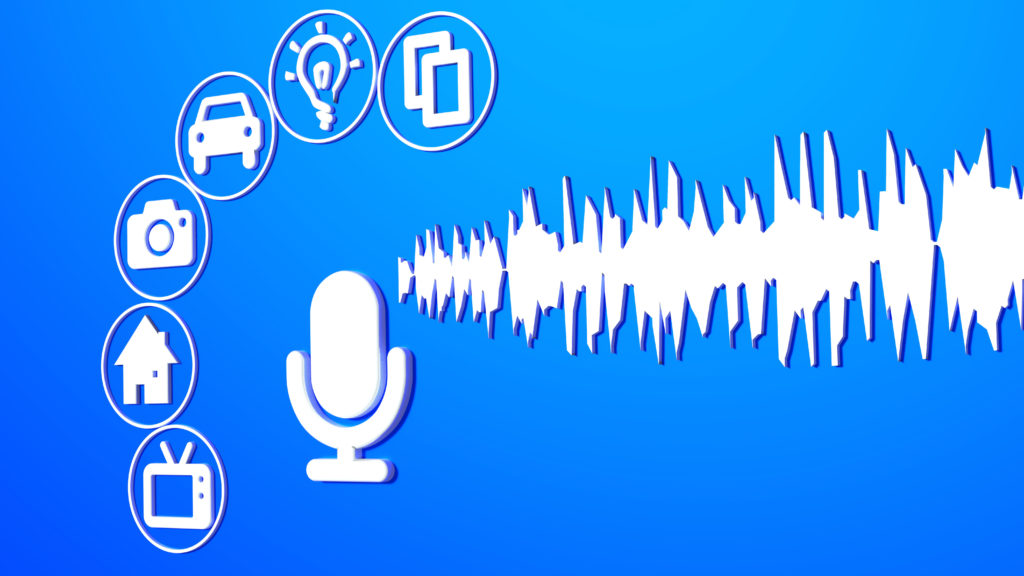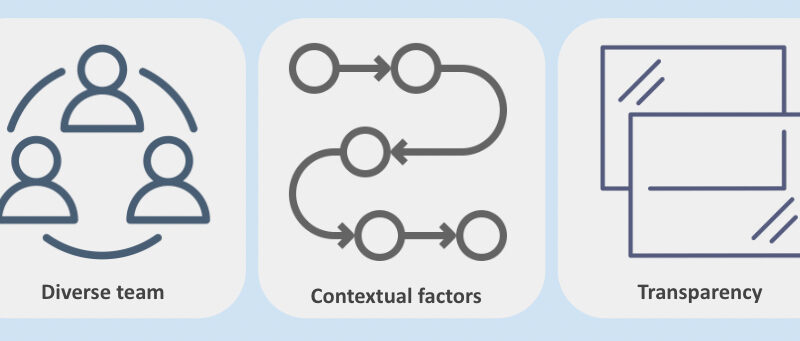The Role of Health Care Voice Assistants During a Pandemic and Beyond
The Role of Health Care Voice Assistants During a Pandemic and Beyond https://pediatricsnationwide.org/wp-content/uploads/2021/03/AdobeStock_169963182-1024x576.jpeg 1024 576 Mary Bates, PhD Mary Bates, PhD https://secure.gravatar.com/avatar/c6233ca2b7754ab7c4c820e14eb518c8?s=96&d=mm&r=g- November 10, 2020
- Mary Bates, PhD

The COVID-19 pandemic has magnified the need for telehealth and other digital tools to deliver health care remotely. In a recent commentary published in NPJ Digital Medicine, researchers from Nationwide Children’s examined the state of voice assistants as an emerging tool for remote care delivery and discussed the readiness of health systems and technology providers to adopt these tools during the current health crisis and beyond.
Voice assistants enable communication with users via natural language, achieved through speech recognition and response based on rule-based dialog or machine learning mechanism.
One of the commentary’s authors, Ujjwal Ramtekkar, MD, a child and adolescent psychiatrist at Nationwide Children’s and medical director of Tele/Virtual Health for Behavioral Health, says voice assistant systems are already a part of our daily lives.
“We’ve been using Siri for almost a decade now, and many people are accustomed to using Amazon’s Alexa,” he says. “While some health care organizations had been using voice assistants for delivering health information before the pandemic, hospitals and health systems had not adopted them at a broad scale.”
When the pandemic began earlier this year, both Apple and Amazon released apps or features to share COVID-19 information and updates via their voice assistants (Siri and Alexa). However, limitations and concerns still exist about voice assistants’ wider use in health care, including the need for reliable internet connection, deficiencies in speech recognition and comprehension, the need for information technology infrastructure for integration of electronic health records and extending HIPAA compliant services to exchange personal health information.
These challenges will need to be addressed if voice assistants are to become a regular part of health care delivery throughout and even after the current health crisis. In addition to providing reliable and up to date COVID-19 information and guidelines to the public, voice assistants could potentially assist in health screening and remote monitoring of patients, reducing the impact of delayed care and decreasing dependency on providers for routine tasks.
Emre Sezgin, PhD, a digital health scientist at the Abigail Wexner Research Institute at Nationwide Children’s, the lead author of the commentary and experienced researcher with voice interactive system use in health care, sees promise for the future role of voice assistants in health care.
“The next phase will involve interactive personalized care leveraging personal health data with artificial intelligence,” he says. “This could help health care organizations interactively screen patients and act as active partners and not just passive recipients of information. Furthermore, in pediatric care, we can use voice assistants in promoting adherence and symptom tracking of children with medical complexities, or early detection of mental and behavioral health problems”
According to Dr. Ramtekkar, who is also an associate professor of Psychiatry at The Ohio State University Medical Center, the pandemic has highlighted the need for preventive and public health aspects of health care that could be improved with the use of voice assistants.
“We need to broaden our thinking from not just telehealth and not just digital health but combined digital health plus telehealth equals virtual care, which is going to be the next frontier,” Dr. Ramtekkar says.
For this vision to be realized, the readiness of health care systems, infrastructure and technology providers are essential.
The technology behind voice assistants is rapidly maturing, but technology companies have not made meaningful collaborations with health care entities, Drs. Sezgin and Ramtekkar say.
“COVID-19 has provided us with an opportunity for both industries to work together and come up with solutions,” Dr. Ramtekkar says. “While there is definitely technology readiness now, we are still in the early phases of a more effective collaboration between health systems and technology companies.”
“We still need a clear plan for creating guidelines and metrics for the use and assessment of voice assistants in a way that is safe, effective and in alignment with current regulations,” adds Dr. Sezgin.
Reference:
Sezgin E, Huang Y, Ramtekkar U, Lin S. Readiness for voice assistants to support healthcare delivery during a health crisis and pandemic. npj Digital Medicine. 2020;3:122. https://doi.org/10.1038/s41746-020-00332-0.
Image credit: Adobe Stock
About the author
Mary a freelance science writer and blogger based in Boston. Her favorite topics include biology, psychology, neuroscience, ecology, and animal behavior. She has a BA in Biology-Psychology with a minor in English from Skidmore College in Saratoga Springs, NY, and a PhD from Brown University, where she researched bat echolocation and bullfrog chorusing.
-
Mary Bates, PhDhttps://pediatricsnationwide.org/author/mary-bates-phd/December 27, 2016
-
Mary Bates, PhDhttps://pediatricsnationwide.org/author/mary-bates-phd/
-
Mary Bates, PhDhttps://pediatricsnationwide.org/author/mary-bates-phd/
-
Mary Bates, PhDhttps://pediatricsnationwide.org/author/mary-bates-phd/
- Post Tags:
- Digital Health
- Health Technology
- Posted In:
- Features






